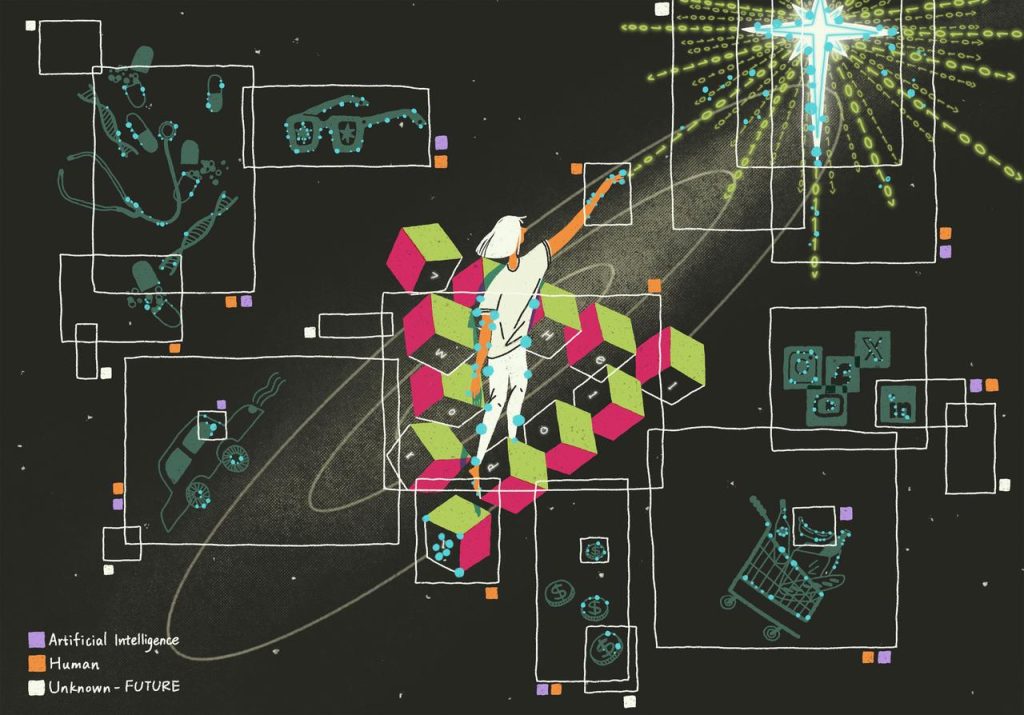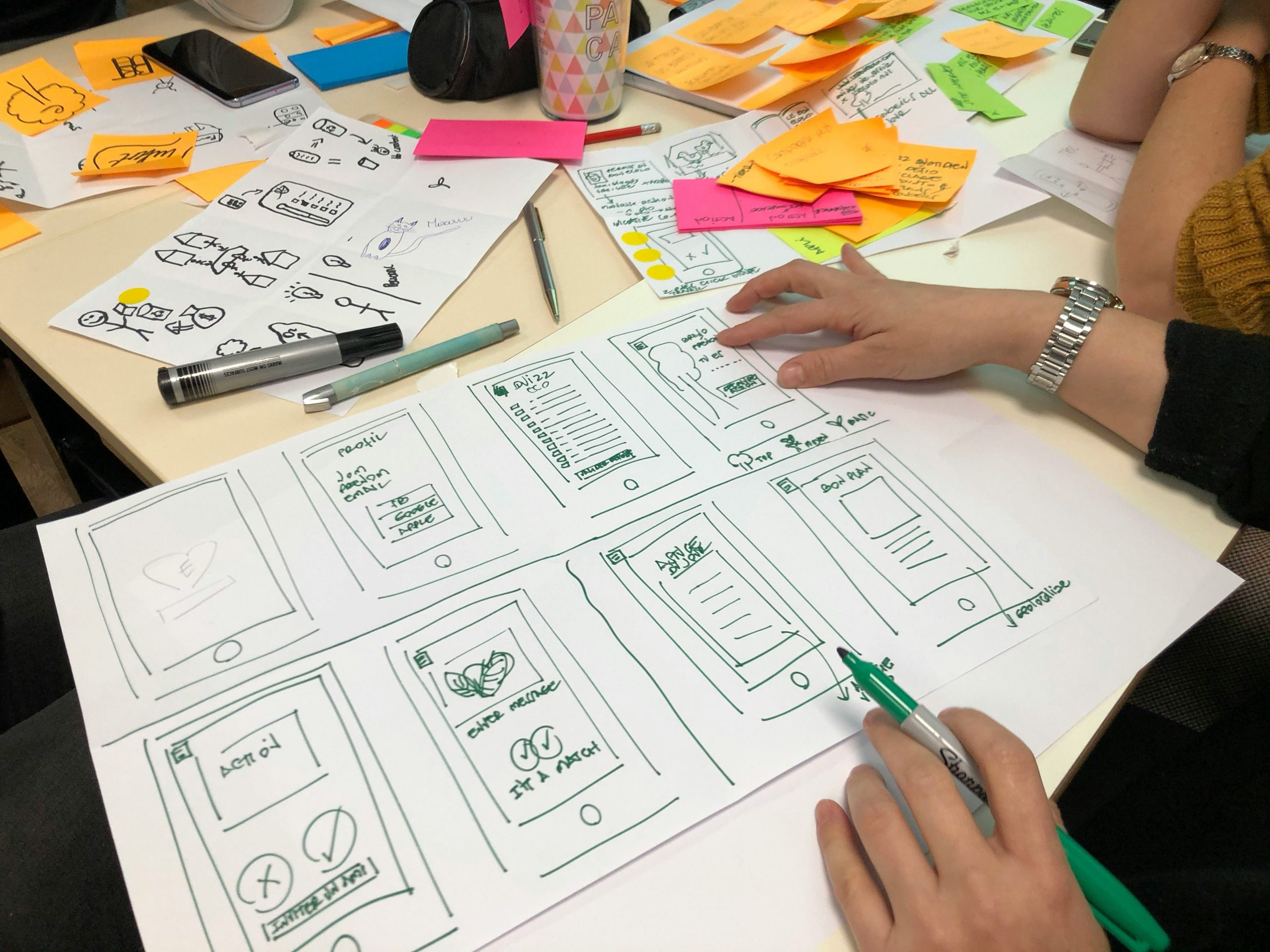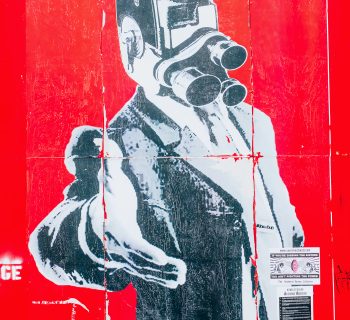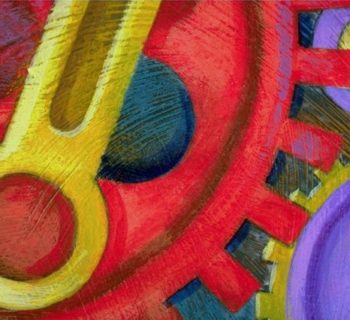
Graham Attwell, George Bekiaridis and Angela Karadog have written a new paper, AI and Education: Agency, Motivation, Literacy and Democracy. The paper has been published as a preprint for download on the Research Gate web site.
This is the abstract.
This paper, developed as part of the research being undertaken by the EU Erasmus+ AI Pioneers project, examines the use of generative AI in educational contexts through the lens of Activity Theory. It analyses how the integration of large language models and other AI-powered tools impacts learner agency, motivation, and AI literacy. The authors conducted a multi-pronged research approach including literature review, stakeholder interviews, social media monitoring, and participation in European initiatives on AI in education. The paper highlights key themes around agency, where AI can both support and challenge learner autonomy depending on how the technology is positioned and implemented. It explores the complex relationships between AI, personalization, co-creation, and scaffolding in fostering student agency. The analysis also examines the effects of generative AI on both intrinsic and extrinsic motivation for learning, noting both opportunities and potential pitfalls that require careful consideration by educators. Finally, the paper argues that developing critical AI literacy is essential, encompassing the ability to understand AI capabilities, recognize biases, and evaluate the ethical implications of AI-generated content. It suggests that a broader, more democratic approach to curriculum and learning in vocational education and training is necessary to empower students as active, informed citizens in an AI-driven future. The findings provide an approach to the complex interplay between generative AI, learner agency, motivation, and digital literacy in educational settings, particularly in the context of vocational education and adult learning.
About the Picture
This painting explores the vast, and ever-expanding use of AI. The universe serves as a symbol or the infinite applications of AI and also reflects its growing presence across all aspects of life. In the centre, there is a figure standing on an abstract representation of a Penrose staircase. The Penrose staircase, also known as the 'impossible staircase' is an optical illusion comprised of four 90 degree turns, forming a continuous loop. The staircase can be ascended and descended forever without ever reaching the end - it is often used as a symbol for infinity and eternity. The image uses the Penrose staircase to refer to the infinite scope of human imagination, which used in combination with AI applications, will enable humans to continue to develop to meet our potential. Surrounding the staircase, there are various symbols enclosed in outlined boxes, each representing different applications of AI: from transport, retail, and medicine, to finance. These elements are connected by fine lines, reinforcing the notion that AI permeates multiple domains. Colour-coded indicators mark different elements as either relating to AI, human involvement, or unknown future developments in the various fields.







